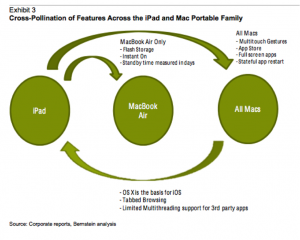 Not long after the new iPad was announced, story after story was written that this new iPad was evolutionary, not revolutionary. But I am not convinced that is a correct viewpoint. In fact, I believe that this new iPad will actually have a revolutionary impact on the market in some very interesting ways.
Not long after the new iPad was announced, story after story was written that this new iPad was evolutionary, not revolutionary. But I am not convinced that is a correct viewpoint. In fact, I believe that this new iPad will actually have a revolutionary impact on the market in some very interesting ways.
Some Historical Perspective
Back in 1981, I wrote the first report on what was to become desktop laser printers. At the time, laser printers were as large as mainframes and took up much of a 9’ X 12’ room. But I had seen Canon’s laser printer engine and wrote in this report that by using this type of technology in potentially desktop sized printers, I could imagine a day when we could publish documents on our desktops. Now, this was three years before postscript laser printers hit the market and before Aldus’s Pagemaker was introduced.
Not long after this desktop sized laser printer engine was shown to Steve Jobs, he made a fortuitous decision to build an Apple laser printer of his own. And after being convinced by John Warnock (co-founder of Adobe) to include Postcript as its software engine, Jobs put in place a key component of technology that would put Apple on the map. Not long after that, Paul Brainerd created a Mac product called Pagemaker and together, these two products launched the desktop publishing revolution. Although Jobs embraced both products, I am pretty sure he and even the team at Apple never really understood the magnitude of these products impact on the world of publishing at first. For Jobs, the decision to back a desktop laser printer was totally out of order given Apple’s PC centric business model and those around him argued loudly with him about doing this product.
But we now know that Steve Jobs’ stubbornness about introducing a laser printer had its roots in his desire to have a digital version of his calligraphic type fonts replicated through this printer. And from that point on, while at Apple until mid 1985 and at NeXT, the issue of high quality graphics took center stage on every product Steve Jobs touched. And when he came back to Apple, this was still top of mind. By the way, I worked on multiple desktop publishing marketing programs for Apple, MacWorld and various hardware and software vendors who were doing DTP like products then and saw up close how Apple single handedly rewrote the rules of electronic publishing, something we now take for granted and use every day when we create our own newsletters, Web pages, etc.
The New iPad
In the column I wrote not long after the new iPad was launched, I pointed out that from the inception of the iPad, Jobs wanted it to have the highest resolution screen possible but that at the time of the release of the first two generations of the iPad, the technology was not there to deliver the real iPad he wanted to give his customers.
But it was always on the roadmap and they had to do some serious engineering between their team and their partners to get us this new iPad to this incredibly high resolution. And with it, I believe Apple is ready to have another revolutionary impact on the market via one of their products.
One good example of this will be in medical applications. Although doctors and hospitals have actually been adopting and using iPads in pretty big numbers, this new iPad will become a must have tool soon. The reason is that with the older iPads, the information they were processing on it was mostly data driven. But as you know, doctors rely on a lot of things like xray’s and digital imaging to help them make key diagnostic decisions. For final analysis they will always defer to industrial strength 10K graphics workstations, but the new iPad with its high resolution screen will now be able to give them on-the-go images that can deliver much more imaging details then they had on their original iPads. This will become an important part of their ability to do immediate analysis and will now become the minimum level of tablet graphics quality they will accept in their medical practices.
Another example will be its impact on catalogs. Apple recently released the new catalog category in the iTunes store but I have talked to some catalog vendors who consider today’s tablets inferior for delivering the graphics quality they demand in their print catalogs. A good example might be Restoration Hardware. They pride themselves in delivering one of the greatest graphics quality catalogs on the market and would have never even considered doing a digital version for the older iPads. But for them and any other vendors for whom high quality images are critical to their catalog sales processes, the new iPad will be revolutionary for them. According to Joaquin Ruiz, CEO of Catalog Spree “With ultra-sharp pictures, text and video, the new iPad is perfect for all forms of publications. March 7, 2012 will be remembered as a landmark for publishers from news, to retail, to education, and to books.
The folks involved in engineering, oil and gas exploration and nuclear energy research will also see a higher resolution iPad as a welcome mobile tool that will become a key part of their on-the-go digital tool-belt. And don’t count out this high resolution iPad’s role in education. This new iPad will deliver a much closer representation of textbooks, especially ones that have a lot of images, graphics and diagrams, and to students it will become the minimum resolution they will accept in a tablet that will soon carry all of their textbooks.
When Steve Jobs introduced the iPhone, he said he would be happy if Apple could get even 1 percent of the cell phone market. An understatement if there ever was one. And even with the iPad, while Jobs used a lot of flowery language to describe it, he was cautious in declaring what type of impact it would have on the market.
At the launch of the new high-resolution iPad, Tim Cook and team–I believe–clearly understated what this new iPad’s market impact will be. All they said was that it was a newer and better version of the iPad and that they were pleased they could deliver a new tablet with a much better screen. But don’t let that fool you.
I believe we will look back relatively soon and realize that with this iPad, Apple started another revolution that has it roots in their desktop publishing heritage and instead of desktop publishing this time around, the revolution will take place in mobile publishing. The result will be to extend Jobs and teams original mantra that was, “What-You-See-is-What-You-get,” but this time it manifest itself on the new iPad. Think of the new iPad as the new representation of Steve Jobs’ laser printer’s paper. And its influence will touch every market. It will drive what I believe will be the minimum standard in tablets as tablets become the vehicles for every form of mobile publishing content, whether it be images, video, games, newspapers, magazines or books as well as the future of the web.

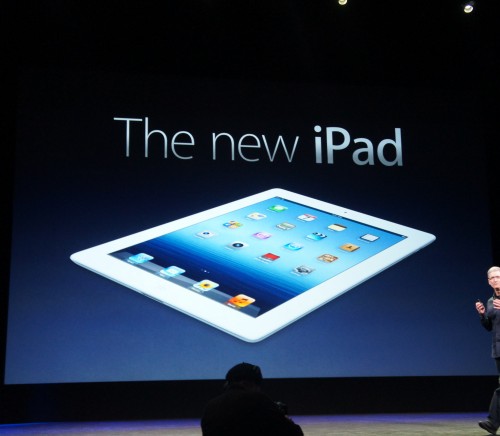



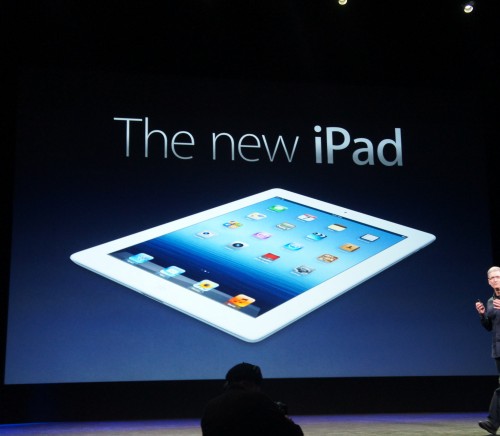









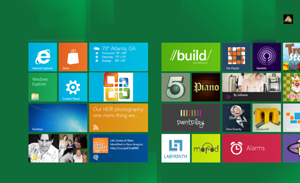


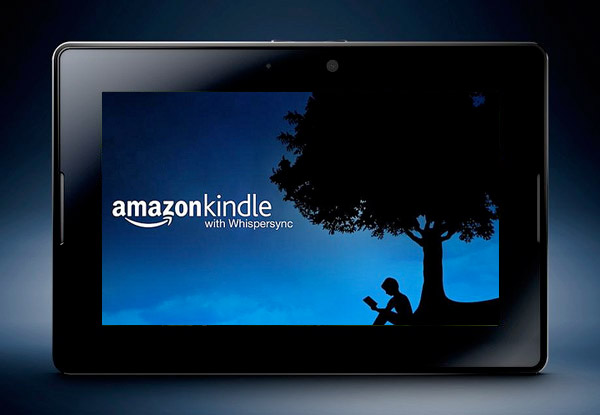 For example, in a
For example, in a 





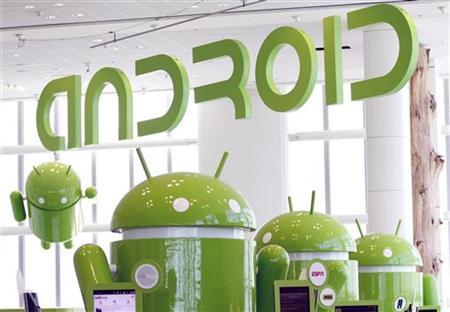



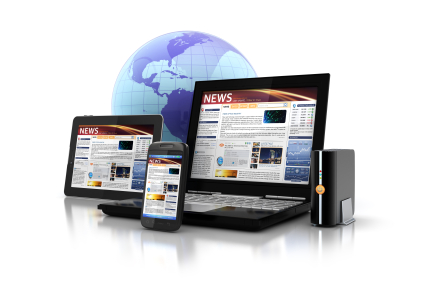



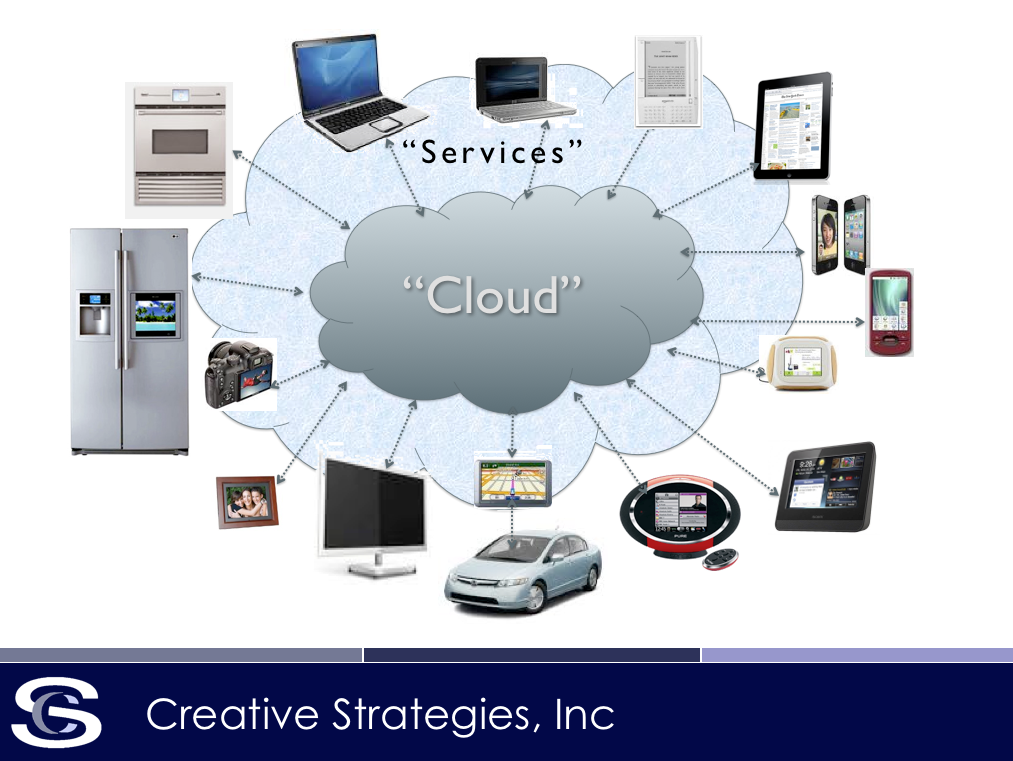

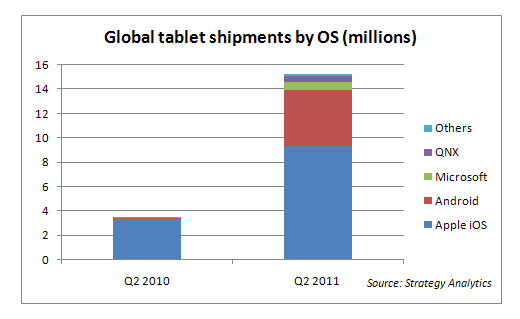





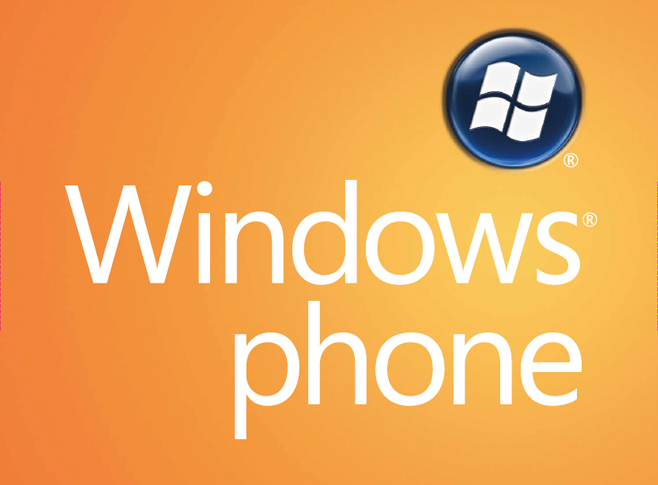
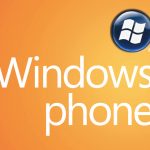

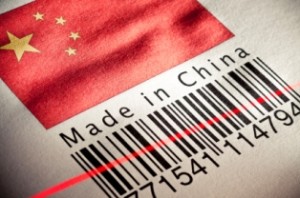 I have had the privilege of traveling to about 55 countries as part of my job over the last 30 years. And while I really enjoy Italy, France, Hong Kong, and Singapore, the one country that fascinates me the most is China. I first went to China in the early 1990’s, just when they were starting to establish their special trade zones. At that time the government was still leery of outsiders and we could not travel anywhere without a personal guide of some sort.
I have had the privilege of traveling to about 55 countries as part of my job over the last 30 years. And while I really enjoy Italy, France, Hong Kong, and Singapore, the one country that fascinates me the most is China. I first went to China in the early 1990’s, just when they were starting to establish their special trade zones. At that time the government was still leery of outsiders and we could not travel anywhere without a personal guide of some sort.

